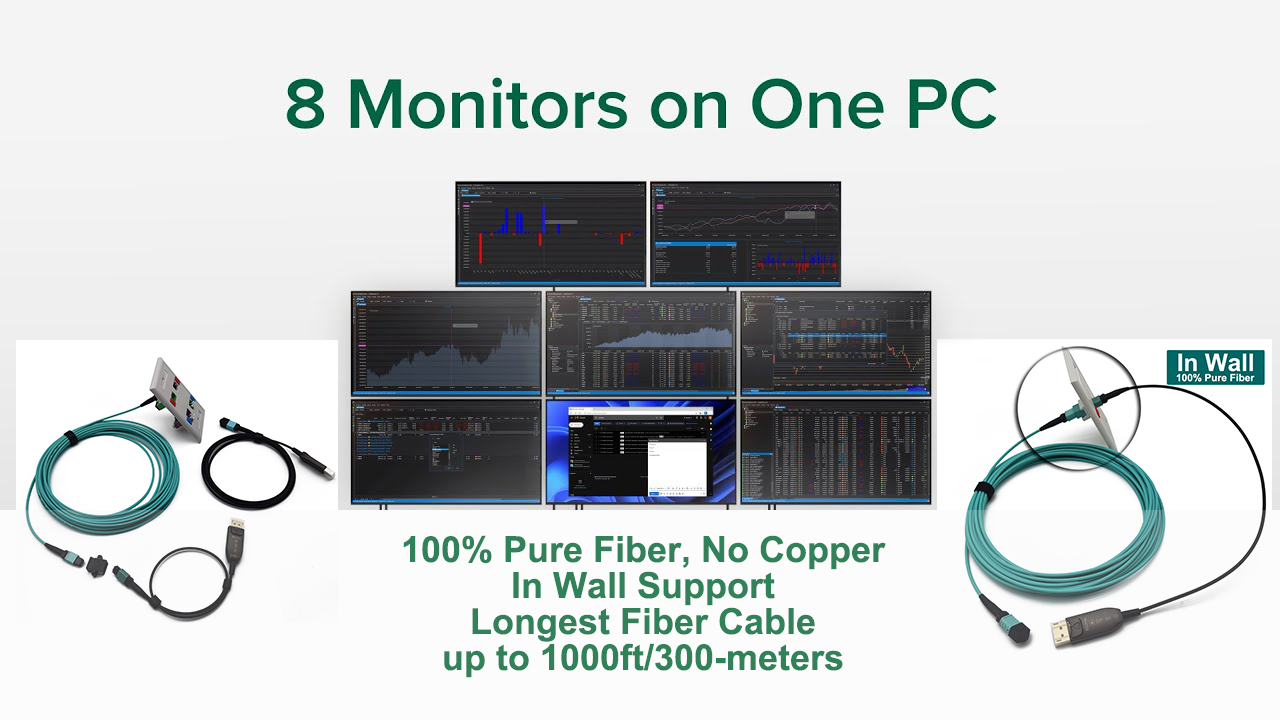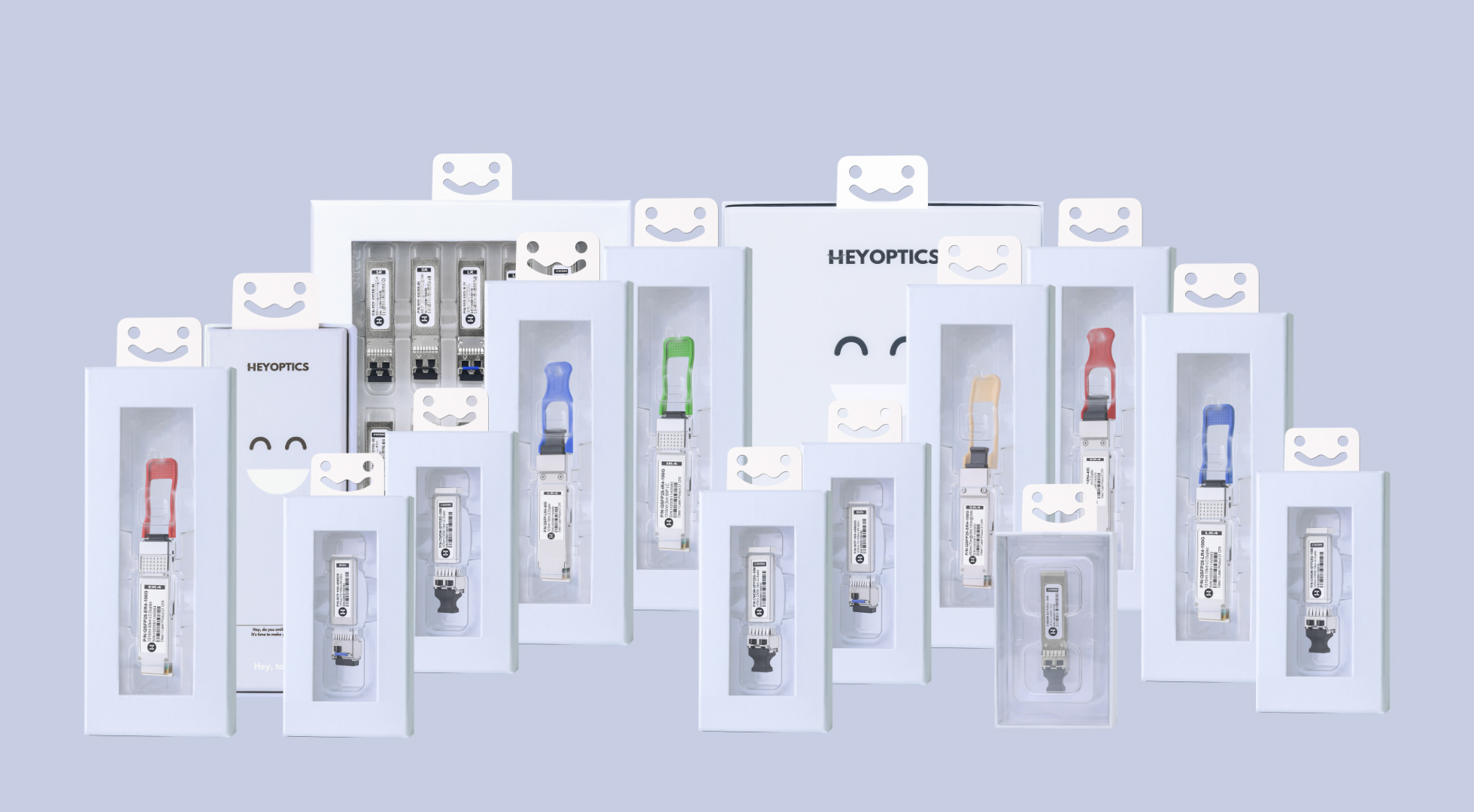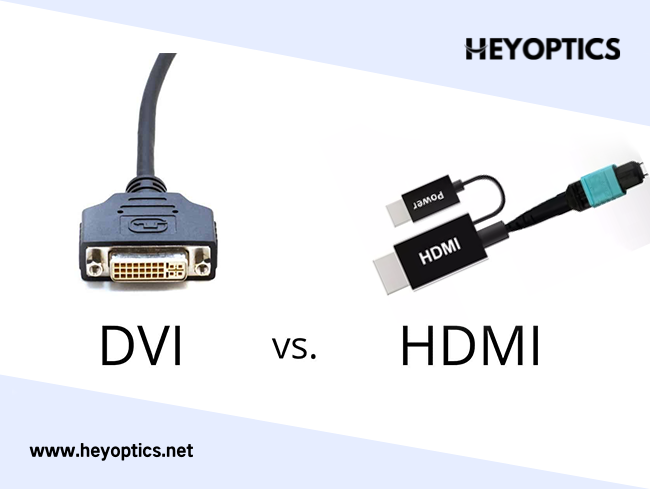Difference Between OS1 and OS2 Single Mode Fiber Cable
As we all know, multimode fiber is usually divided into OM1, OM2, OM3 and OM4. Then how about single mode fiber cable? In general, single mode fiber cable is categorized into OS1 and OS2 fiber. OS1 and OS2 are cabled single mode optical fiber specifications. In fact, there are many differences between OS1 vs OS2 single mode fiber.
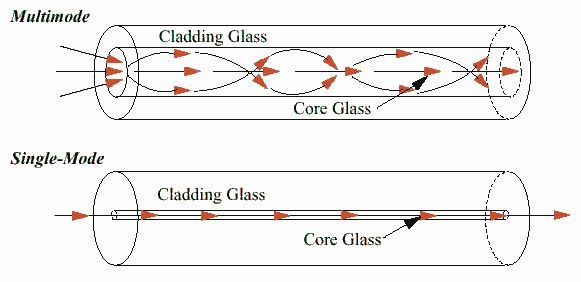
Single mode fiber cable is categorized into OS1 and OS2 fiber cable. These two kinds of fiber cables have different characteristics for diverse applications. OS2 SMF cables can not be connected with OS1 SMF cables, which may lead to poor signal performance. Therefore, it's of great significance to figure out the difference between OS1 and OS2 when conducting deployments.This text will make a comparison between OS1 vs OS2 and then give you a guide on how to choose the right fiber optic cable for your applications.
What is the distinction in between OS1 and also OS2 single mode fibers?
Standard
OS1 single mode fibers are compliant with ITU-T G.652A or ITU-T G.652B standards. Besides, the low-water-peak fibers defined by ITU-T G.652C and G.652D also come under OS1 single mode fibers. That is to say, OS1 is compliant with specifications of ITU-T G.652.
However, OS2 single mode fibers are only compliant with ITU-T G.652C or ITU-T G.652D standards, which means OS2 is explicitly applied to the low-water-peak fibers. These low-water-peak fibers are usually used for CWDM (Coarse Wavelength Division Multiplexing) applications.
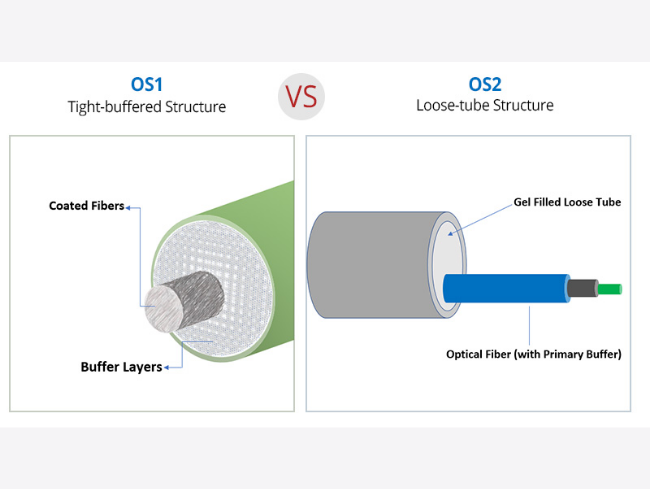
Cable Construction
OS1 vs OS2 Besides the standards, the main difference between OS1 and OS2 single mode fiber is the cable construction. Typically, OS1 cabling is tight-buffered construction, which is usually used for indoor applications, such as campus or data center. Yet OS2 cabling is loose-tube design. Cable with this construction is appropriate for outdoor cases like street, underground and burial.
Attenuation
For this reason, OS1 indoor fiber has greater loss per kilometer than OS2 outdoor fiber. In general, the maximum attenuation for OS1 is 1.0 db/km and for OS2 is 0.4db/km. As a result, the maximum transmission distance of OS1 single mode fiber is 2 km but the maximum transmission distance of OS2 single mode fiber can reach 5 km and is up to 10 km. Then for all these reasons, OS1 is much cheaper than OS2. There is point need to pay attention to is that both OS1 and OS2 single mode fibers over their distance will allow speeds of 1 to 10 gigabit Ethernet. All of these differences between OS1 and OS2 discussed above are listed in the table below. You can get a clear understanding from it.
| OS1 | OS2 | |
| Standards | ITU-T G.652A/B/C/D | ITU-T G.652C/G.657.A1 (part) |
| Cable Construction | Tight Buffer | Loose Tube |
| Application | Indoor | Outdoor |
| Attenuation | 1.0db/km | 0.4db/km |
| Max. Distance | 10 km | 200 km |
| Price | Low | High |
Learning about the differences between OS1 vs OS2 single mode fiber cable, then which cable should you choose?
When it comes to the cable selection between OS1 and OS2 single mode fiber, it's essential to be clear that you are adopting these SMF cables for long-haul transmissions. Choose the proper cables based on your link length requirements.
OS1 optical fiber cables are applied for indoor network infrastructures, which are mainly deployed in internal building/campus networks, as well as internal cabling within telecommunication exchanges and data centers. Then OS1 cables are fit for your indoor application demands. OS2 optical fiber cables are more appropriate for outdoor and universal loose tube solutions, which would include external plant and most backhaul networks. When it is needed for outdoor network infrastructure, then OS2 is the way to go.
Why Should We Use OS2 Over OS1 Fiber?
After comparing the two fiber cables, it can be concluded that OS2 is more suitable for long-haul transmission by offering better performance with fewer losses. Considering this, why not adopt the optimal OS2 solutions to create a better performance for today's high-speed data networks?
In fact, OS1 used to be the only one standard for single-mode fiber with the maximum link length for campus cabling around 10 km, which can no longer satisfy people's increasing needs for longer link lengths. The OS2 single mode fiber optic cables are ideal for connecting 1G/10G/40G/100G Ethernet connections, meeting the requirements of high performance with long distances. As a result, more and more vendors tend to provide solutions with OS2 SMF cables for modern network applications.

